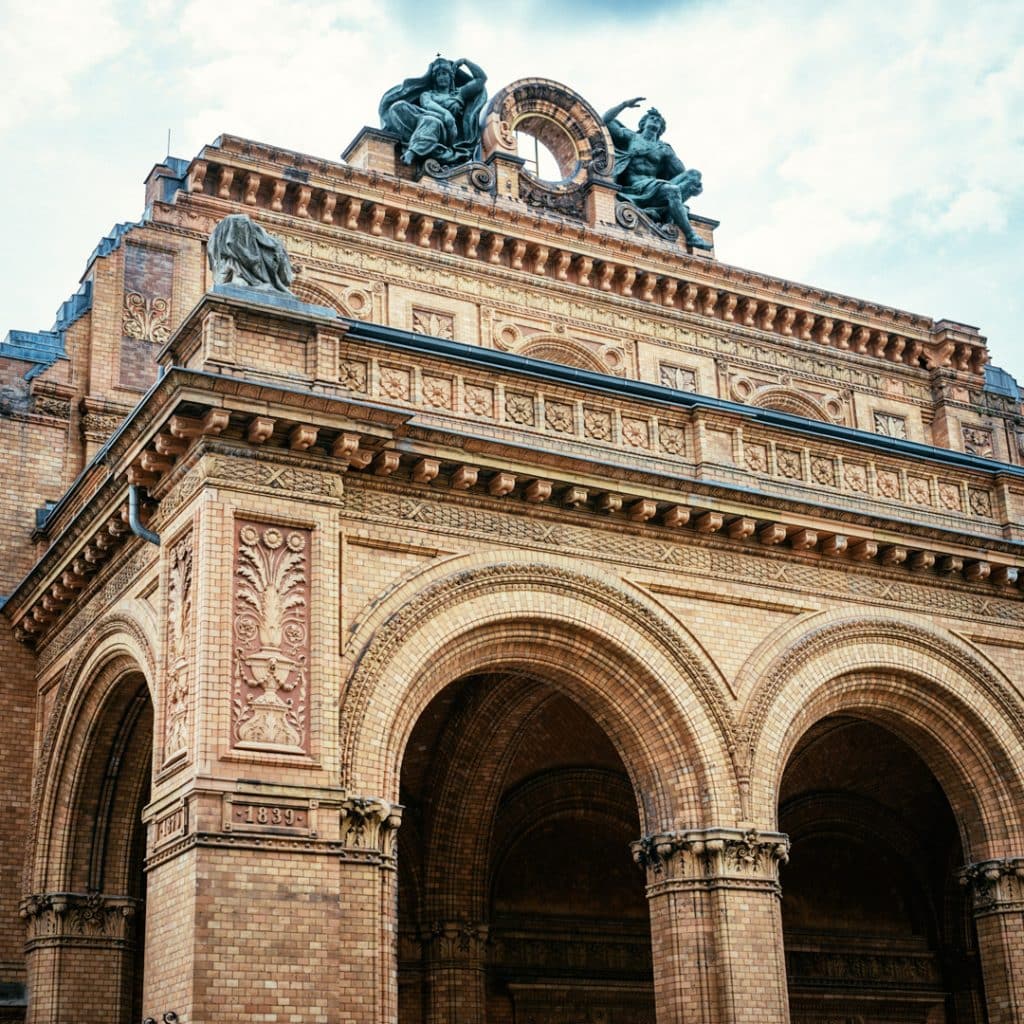


According to the plans drawn up by Adolf Hitler and his court architect, Albert Speer, for the post-war redevelopment of the German capital, Anhalter Bahnhof was set to be demolished with all rail traffic rerouted to two stations outside the city. The land was instead earmarked for the construction of a swimming pool.


Some useful links related to the Brandenburg Gate: